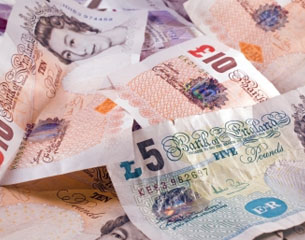Both the number of people withdrawing money from their pensions and the size of these withdrawals have increased sharply in the last three months according to data from Hargreaves Lansdown.
It says more stable market and the effects of the coronavirus pandemic may be driving this change.This information, based on HL’s own customer base, comes ahead of HMRC data on flexible pension payments due to be published at the end of this month.
The Hargreaves Lansdown figures show the average amount withdrawal made by clients was £2,583 in the first three months of this year — a 43 per cent increase on the previous quarter.
Meanwhile the number of pension savers taking an income via UFPLS is also on the rise, with a 96 per cent jump compared to Q4 last year. However HL pointed out that it has a significantly higher number of clients using drawdown rather than UFPLS.
Hargreaves Lansdown senior analyst Nathan Long says: “Pension savers felt more confident about dipping into their pension pots at the start of this year, when markets were somewhat calmer than a year earlier.
“While the pandemic sent jitters through the markets, it spooked some retirees, who put the brakes on their pension payments. In the second half of 2020, the average amount withdrawn by HL clients fell to around £1,800. It’s now shot up to £2,583, the highest level for the past two years.”
He says that traditionally, savers like to take more out of their pensions in the second quarter, to coincide with the tax year starting. In Q2 2018 and Q2 2019, 37 per cent of drawdown clients took a payment from their nest eggs. In Q2 last year, the percentage fell to 33 per cent. This was at the height of the market volatility.
The figure rebounded to 35 per cent in January to March this year, as savers felt more confident about lockdown easing and markets looked more stable.
Long adds: “This is also likely reflects some sensible tax planning before the 5 April tax-year end. I expect we’ll see Q2 this year revert to its normal pattern of high pension withdrawals – unless we see another market wobble.”
He says those thinking about taking flexible payment from their pension should ensure they have an emergency fund in place. This can ensure essential expenses can be paid and ensure investments do not have to be cashed in during periods of market volatility.
The post Flexible pension payments rebound after Covid crisis appeared first on Corporate Adviser.



